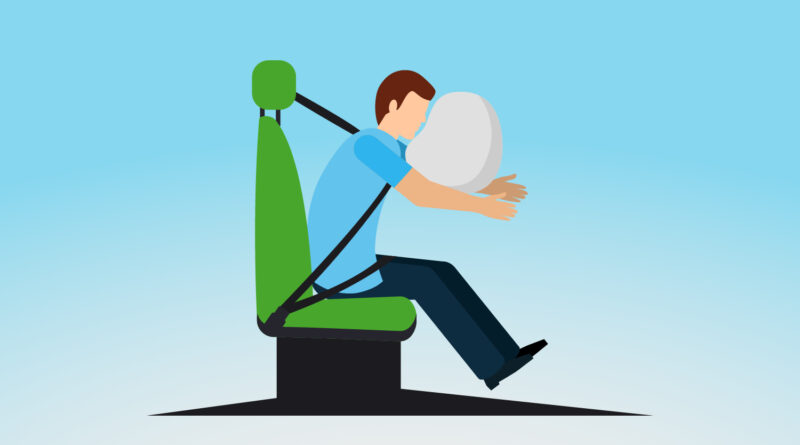Guide To What is a Seat Belt?
A seat belt is a safety device designed to secure the occupant of a vehicle against harmful movement that may result from a collision or sudden stop. Seat belts are considered one of the most effective means of reducing the risk of injury or death in vehicle accidents, and they are mandatory in most parts of the world.
How Do Seat Belts Work?
Seat belts function by restraining occupants in their seats, distributing the forces of a collision over stronger parts of the body, such as the chest, pelvis, and shoulders. Here’s a closer look at how seat belts work:
- Locking Mechanism: Modern seat belts are equipped with a retractor mechanism that allows the belt to extend and retract freely. However, in the event of a sudden stop or crash, the retractor locks the belt in place, preventing the occupant from moving forward.
- Load Distribution: The design of the seat belt helps distribute the impact forces across the chest and pelvis, areas that can better withstand the force, reducing the risk of serious injury.
- Pre-Tensioning: Many modern vehicles include seat belt pretensioners that tighten the belt immediately upon sensing a collision, removing any slack and securing the occupant more firmly.
Types of Seat Belts
There are several types of seat belts used in vehicles, each designed to provide varying levels of protection:
- Lap Belt: A simple belt that goes over the waist. It is primarily used in older vehicles and in some rear seats of modern cars.
- Three-Point Seat Belt: The most common type, which spreads the force of impact over the chest, pelvis, and shoulders. It is a combination of a lap belt and a shoulder belt.
- Automatic Seat Belt: These belts automatically move into place when the vehicle door is closed and the engine is started.
- Harness Seat Belt: Often used in child safety seats and racing cars, these belts have multiple straps to secure the occupant at more points.
Benefits of Wearing Seat Belts
Seat belts offer numerous benefits and are a crucial element of vehicle safety:
- Injury Prevention: Seat belts significantly reduce the risk of serious injury or death by keeping occupants securely in their seats during a crash.
- Reduced Ejection Risk: They prevent occupants from being thrown from the vehicle, which is a common cause of fatal injuries in accidents.
- Enhanced Airbag Efficiency: Seat belts help position the occupant properly to maximize the effectiveness of airbags.
- Legal Compliance: Wearing a seat belt is required by law in many regions, and failure to do so can result in fines and other penalties.
Proper Use of Seat Belts
To ensure maximum protection, it’s important to use seat belts correctly:
- Adjust the Seat Belt: The lap belt should fit snugly over the hips, not the stomach. The shoulder belt should rest across the chest and shoulder, not the neck or face.
- Avoid Twisting: Ensure the seat belt is not twisted, as this can reduce its effectiveness in a crash.
- Secure Children Properly: Use appropriate child safety seats and booster seats for young passengers, ensuring they are properly installed and that the seat belt fits correctly.
Seat belts are one of the most vital safety features in any vehicle. They have saved countless lives and continue to be the first line of defence in the event of a collision. Always wear your seat belt, ensure it’s properly adjusted, and encourage all passengers to do the same to stay safe on the road.
For more information on vehicle safety and maintenance, visit our blog and stay updated on the latest automotive safety technologies and tips.
Buying a used VW. Buying used vauxhall, BMW, Jaguar, Ford, Volvo, Range rover, Bentley, Aston Martin, Porsche, Ferrari, Lamborghini, Maserati, Hyundai, Tesla, Honda, Pagani

